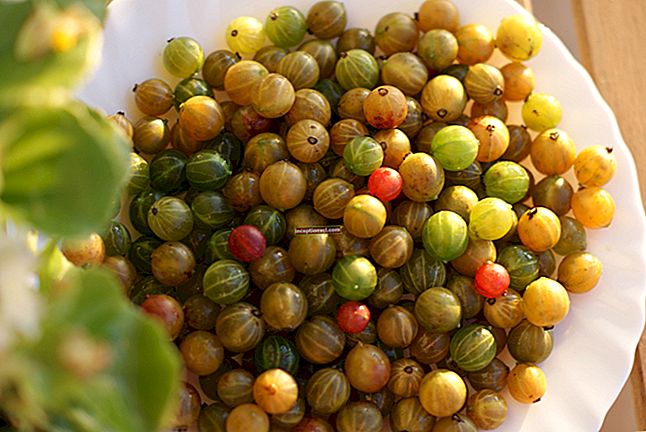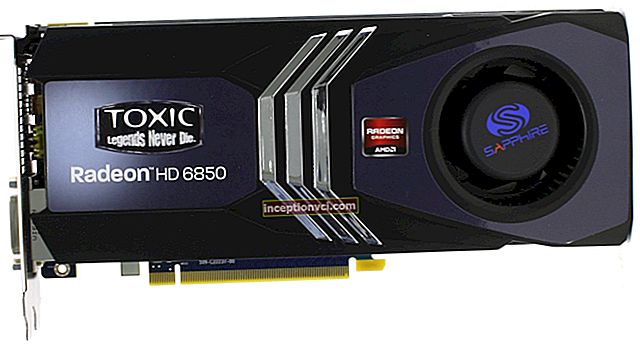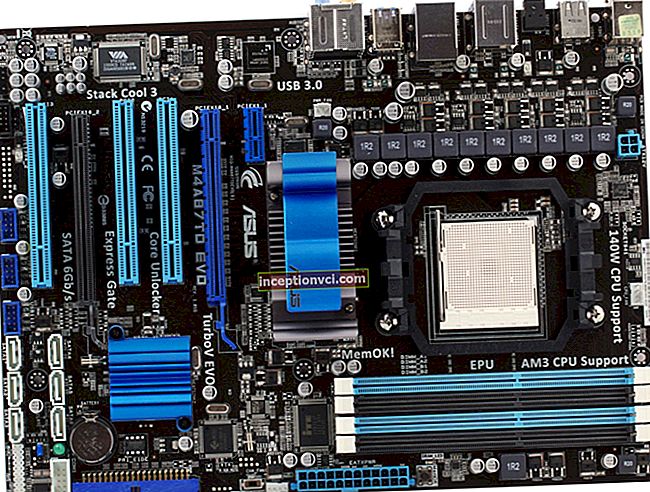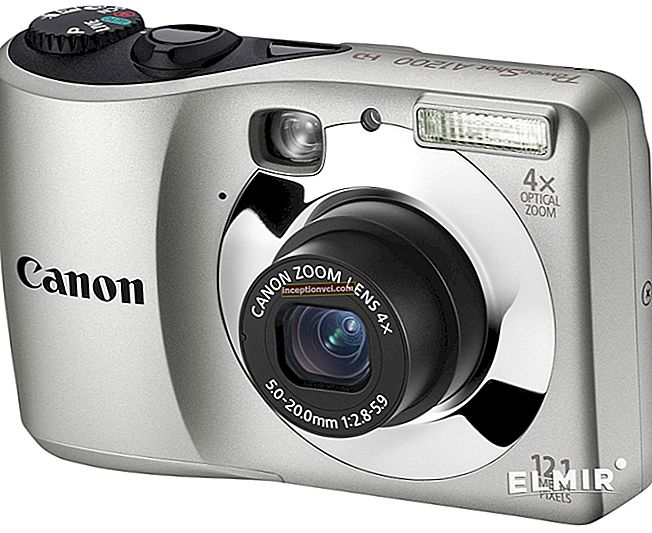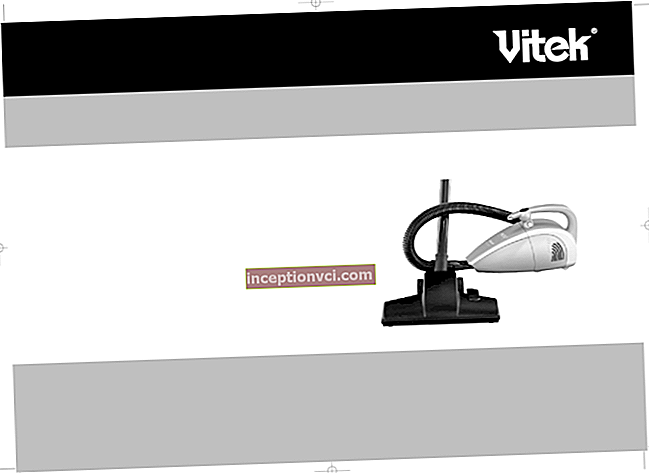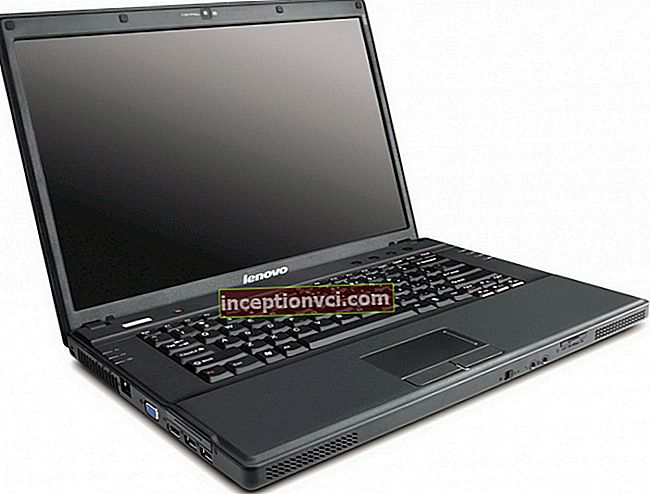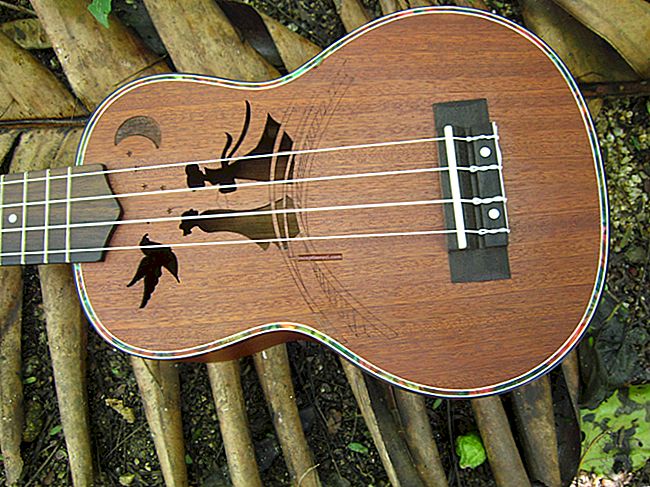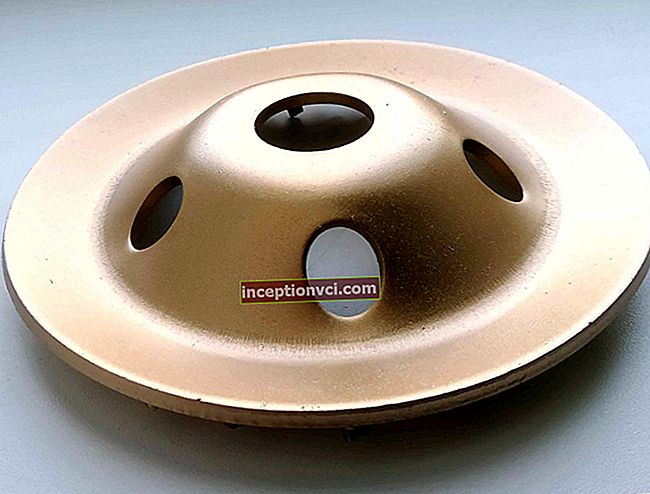THOUSAND AND ONE WAYS OF WEARING THE KNIFE
Today designers often bring a lot more ingenuity into the design of a carrying system with the possibility of versatility than the design of the knife itself. Because over the past decades, the scabbard has evolved from an accessory for storing tools and a decoration accessory into an integral part of the knife carrying system. Their importance grew when "sharp objects" from simple cutting tools moved to objects of collectibility, consumption and enjoyment. And the versatility of the wearing systems increases the readiness of the blade for use. Additionally, the new plastics, Kydex, Zytel and Cordura, offer the ability to create forms of knife wear that traditional materials such as leather and wood cannot offer.
For millennia, the scabbard has served as a simple, blade-fitted bag that protects the wearer from cut injuries and the knife from the weather. In any case, the craftsmen paid a lot of attention to beautiful, skillful decoration. On the other hand, the wearing options remained very limited. Most often, the knife was hung on a loop in a sheath on the belt where it was convenient to grab it if necessary as a tool or weapon of defense. A dagger in robes has been worn not only since the time of Schiller's play "Bbrgschaft", but only special wearing systems have been used to ensure the discreet use of weapons.
However, with the return to life of the melee knife, a metal clip appeared in the trenches of the World Wars along with the belt loop used until now. He finally provided a variety of ways to carry knives on and under clothing. However, the trend for flexible sheathing also goes back to military considerations. Already during the Second World War, the famous designers of knife fighting Eric Anthony Sykes and William Ewart Fairbairn invented the scabbard for their Commando dagger. They could be worn not only on a belt, but even sewn onto clothes by means of a side flap. The British Secret Service minds have paid great attention to a scabbard designed specifically for concealed carry. The predecessors of the gunsmith James Bond "Q" then urgently needed to hide the weapons they carry, with which they could then arm Her Majesty's agents on land occupied by the enemy. However, the first truly flexible wearing systems did not appear until the 1950s with the advent of the new hobby of diving. For the needs of agents, a scabbard with a belt system was developed that could be attached almost anywhere on the body or on equipment. These carrying systems were so successful that they were taken over by military special units, they often bought even knives with them. Militaristic fashion once again influenced the preferences of civilian customers. Along with the growing popularity, the specialization of scabbard concepts has grown. Today, they can be roughly classified into areas of application and into hidden and open wearing systems. The hidden method of carrying knives is chosen wherever the user prefers a non-folding knife, but wants to hide it from prying eyes. Buyers include plainclothes police and bodyguards, as well as those looking to defend themselves with a knife.
Open carrying systems are used where the specific task of the knife requires it or where camouflage is not required. This includes members of the police or military special forces who attach great importance to ensuring that the scabbard is fitted to the individually wearable equipment. Likewise, fresh air lovers, climbers and divers can be counted here. They also require, in addition to comfort, that the scabbard can be easily adjusted and, in the event of a dangerous situation, quickly reach the knife.
DEVELOPMENT TRENDS
To accommodate a wide variety of habits and needs, there has been a tendency to create scabbard concepts that can be fastened to the body in various ways and thus match the way of wearing with the situation.
DEVELOPMENT B UD N EALY

The guiding star in this direction was the "Multi-Concealment-Stealth" (abbreviated: MCS) system for concealed carry developed by Bud Neal and (Bud Nealy), which he patented already in the early 90s. The scabbard frame is made of Kydex, which Neely adjusts individually. Since his knives most often do not have a carry handle, he put magnets in his sheath. Thus, the knife itself cannot fall out when worn with the handle down. The MCS system can be worn comfortably in various positions, for example, horizontally on the belt, with the handle down on the inner pocket of the pija kg, on a chain hanging around the neck at the waist of the trousers. There are nine positions for wearing the scabbard in total. In addition to the knife and scabbard, the scope of delivery also includes such accessories as two kydex clamps, a nylon loop, a chain, and a frame for various ways of fastening to the belt.
The Solingen-based company Wbkeg offers two versions of the knife, manufactured commercially with Tanto and Drop-Point blades of the Nili MCS system. As part of rational production, Vbkeg has given up two magnets and only delivers one. However, the knives are further adjusted to the kydex.
FIRMS USA COLUMBIA RIVER KNIFE AND TOOL (CRKT)

US firms Columbia River Knife and Tool (CRKT) have made this even easier with the design of knife maker Ed Halligen. Its entire system appears to be a simplified copy of the MCS system, while, however, not neglecting the transformation of the function. The scabbard made of polyamide - 6.6 (Zytel) from CRKT is cast in a single piece, fixed through a recess in the hole in the scabbard, into which the screw head is screwed into the knife. When pulled out and inserted in, compared to the Kydex sheath, there is less elasticity. Instead of a Kydex clip, this scabbard is equipped with a spring steel trouser clip. Both systems provide the ability to carry the knife around the neck. However, while Neely insisted that the chain should break under a 15kg load so that it could not strangle the knife-carrying man, Ed Helligen contented himself with a very strong nylon cord. Its big advantage: It is absolutely silent - the chain jangles with every movement. However, the decisive argument for the CRKT system is in its price, which is significantly lower thanks to its manufacture in Taiwan.
in 1999, CRKT added two new models at once: Neck - R.E.S.K. and the Bear Claw, both with a polyamide 6.6 sheath, were originally designed to be worn around the neck. How comfortable it is depends, first of all, on the clothes. If you are wearing a suit, you can see a chain or cord under the tie on the right and left. Those who wear pullovers are lucky 8 that they hide their knife perfectly and at the same time can use it with zipper speed. As an alternative, the Neck - P.E.C.K scabbard can be tucked into the belt, and the cord to be worn around the neck can be fastened to one of the belt loops. When the knife is pulled out, the cord is pulled and the sheath will release the knife.
COMPANY SMITH & WESSEN

Meanwhile, many manufacturers rushed after them with similar systems. Smith & Wessen has completely focused on the way of wearing it around the neck. As an additional function, the manufacturer offers a signal whistle mounted in a polyamide-6.6 sheath. Emerson, on the other hand, has minimized the size of his "LaGriffe" knife, designed by Fred Perrin, which holds the grip with a finger ring by the thickness of the blade. With a kydexe scabbard and a carrying chain, it weighs only 65 g and measures only 128 x 46 x 10 mm, making it very easy to hide.
FIRM NOWAR

Of course, larger knives are less useful than "pendants". Therefore, Wheeler-based Nowar took inspiration from the Upside-Down pistol shoulder holster when developing its carrying system.Nowar provides a comfortable, concealed carry of the Applegate-Fairbairn combat knife in a Kydex sheath. With Velcro connections and an elastic band on the back, the scabbard can be easily positioned under the arm. Sheaths from other manufacturers are also suitable here with a maximum loop width of six centimeters.
FIRM UNITED CUTLERY

United Cutlery offers the Special Agent Stinger with a Cordura sheath that can be attached to the forearm with Velcro straps - which is very convenient after a little getting used to.
COLD WEAPONS OPEN CARRY SYSTEMS


In the case of openly worn scabbard systems, designers are currently focusing their trends on special units. They wear their tactical pistol holsters strapped high on their thighs. Manufacturers such as Timberline with their SpecWar system and Walter Brend, meanwhile, have transformed this trend in their sheath. Those who already have a good knife and need only a suitable scabbard system can choose one from the manufacturers Blackhawk and Eagle. Nearly identical systems can be easily attached to combat vests, backpacks or thighs. To avoid piercing the Cordura scabbard, they are fitted with plastic inserts. Additional pockets sewn in the front can be efficiently used for sharpening stones or tools. Fallkniven offers, for example, survival knives, optionally with an Eagle Cordura sheath. Their pocket is so large that the scabbard can additionally contain a Surefire 6P or a Scorpion flashlight.
The possibilities of completing modern wearing systems are diverse and are far from being exhausted. The newest magic word sounds like Concealex, a kydex-like material that can be purchased with camouflage patterns as well.
For centuries, the scabbard has been made of leather, wood, or tin. Only modern chemistry has introduced plastics into the game. Of course, they limited themselves to bayonet scabbards or diving knife scabbards. It is only in recent years that these materials have made their way into the sector of leisure knives and household knives.
Meanwhile, Cordura polymer has become widespread. This polymer fiber from chemistry giant DuPont is a nylon yarn that is spun into strong fibers and then woven together. The melting point is at 200 ° C. When used for the scabbard, it requires a hard plastic inner sheath to avoid being punctured by the blade. For this, the Cordura scabbard offers a variety of attachment options, such as hinges or eyelets, which is a clear advantage over the plastic systems made of Kydex or Polyamide 6.6. Kydex was acquired by the US-based company Kleerdex and first appeared on the market in 1972. However, it was only 10 years later that he found his way into the knife scene when the American knife maker Tom Mehringer experimented with him. This thermoplastic plastic, which is highly resistant to force, can, however, be pressurized already at 180 ° C. For this, the Kydex tiles can simply be heated with a hot air dryer. After cooling, they remain in the desired shape for a long time. As a result, two riveted tiles can be used to produce a scabbard that is individually adjusted to the contour of the knife. At the same time, the elastic material holds the knife without additional safety, because it exerts pressure like a spring. If the Kydex scabbard has dimensional inaccuracies or the holding of the knife is no longer enough, the scabbard can be returned to its shape at any time with a hot air dryer. This possibility is not provided by polyamide-6.6 manufactured by injection molding. It also traces its origins to DuPont. Its production is possible only in large quantities, since a new, really expensive form is made for each workpiece, then it is cheaper than a two-piece Kydex scabbard and just as durable.Of course, polyamide-6.6 lacks the flexibility of kydex, which makes more expensive systems necessary.
